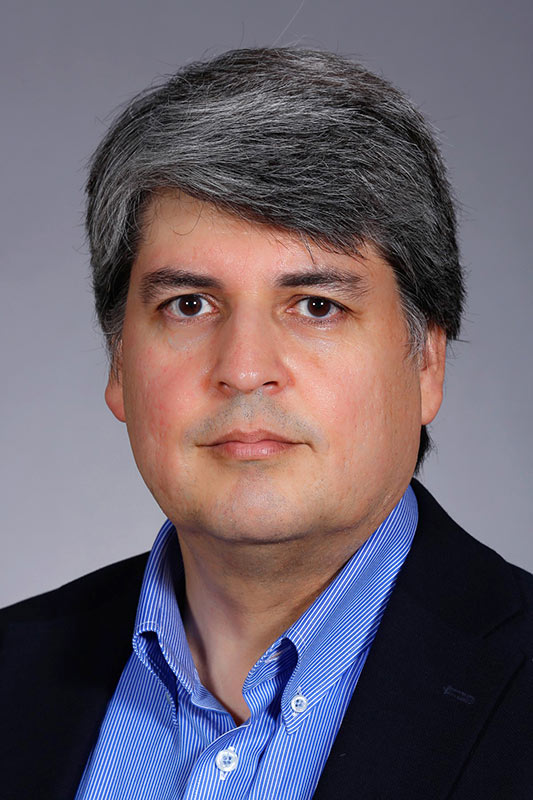-
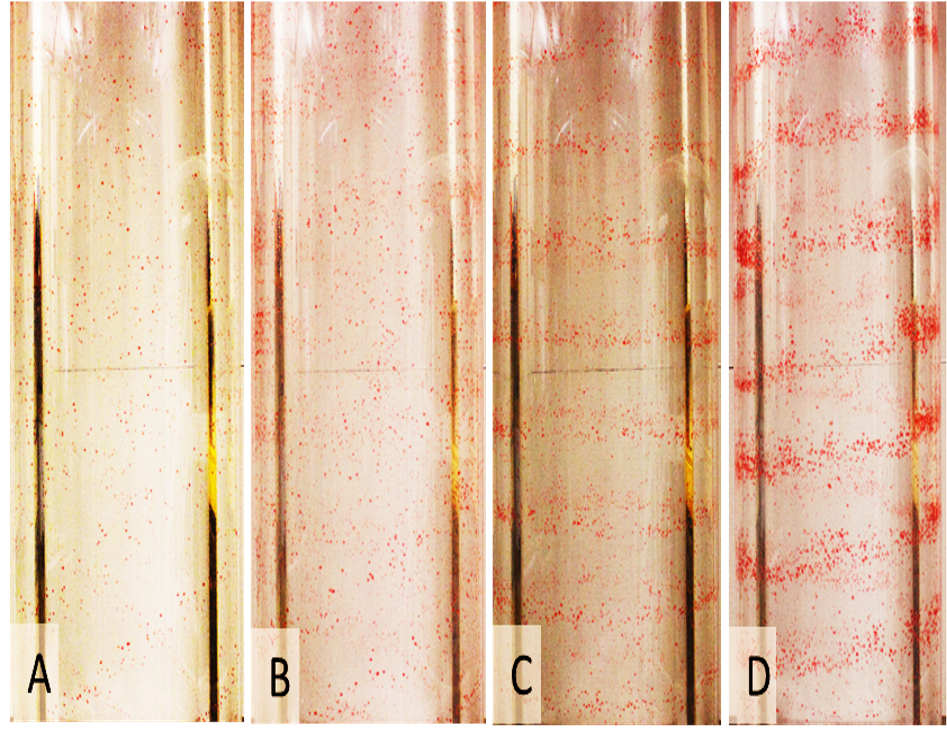
Aggregation/breakage Kinetics
Particle clustering, bubble or droplet coalescence, and breakage are ubiquitous phenomena in both nature and in chemical process equipment. The analysis, design, and optimization of such equipment require a solution of population balance models coupled to transport equations. We are interested in developing improved aggregation and breakup simulation models as well as experimental techniques for a mechanistic understanding of aggregation and breakage kinetics.
-
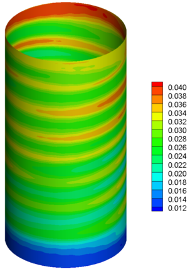
Multiphase Taylor Vortex Flow
The flow structure in a Taylor vortex reactor (concentric cylinders, with the inner cylinder spinning) has applications to a variety of chemical and biological processing problems, such as emulsion polymerization, extraction, and cultivation of microalgae. The optimization of these systems requires a fundamental understanding of the effect of various operational parameters on the hydrodynamic structure and mixing characteristics. We are working to develop this understanding for both liquid-gas and liquid-liquid systems through the use of particle image velocimetry experiments and CFD calculations.
-

Algal Photobioreactors
Although a great deal of attention has been focused on developing elite strains of microalgae for production of chemicals and animal feed, perhaps the largest barriers to large-scale implementation of algae-based biorefineries are process engineering challenges related to efficiently delivering light and nutrients to these microorganisms and harvesting desired products. We are working on a Taylor vortex photobioreactor that has the potential for simultaneously increasing biofuel production rates and separating biofuel products while minimizing energy utilization.
-
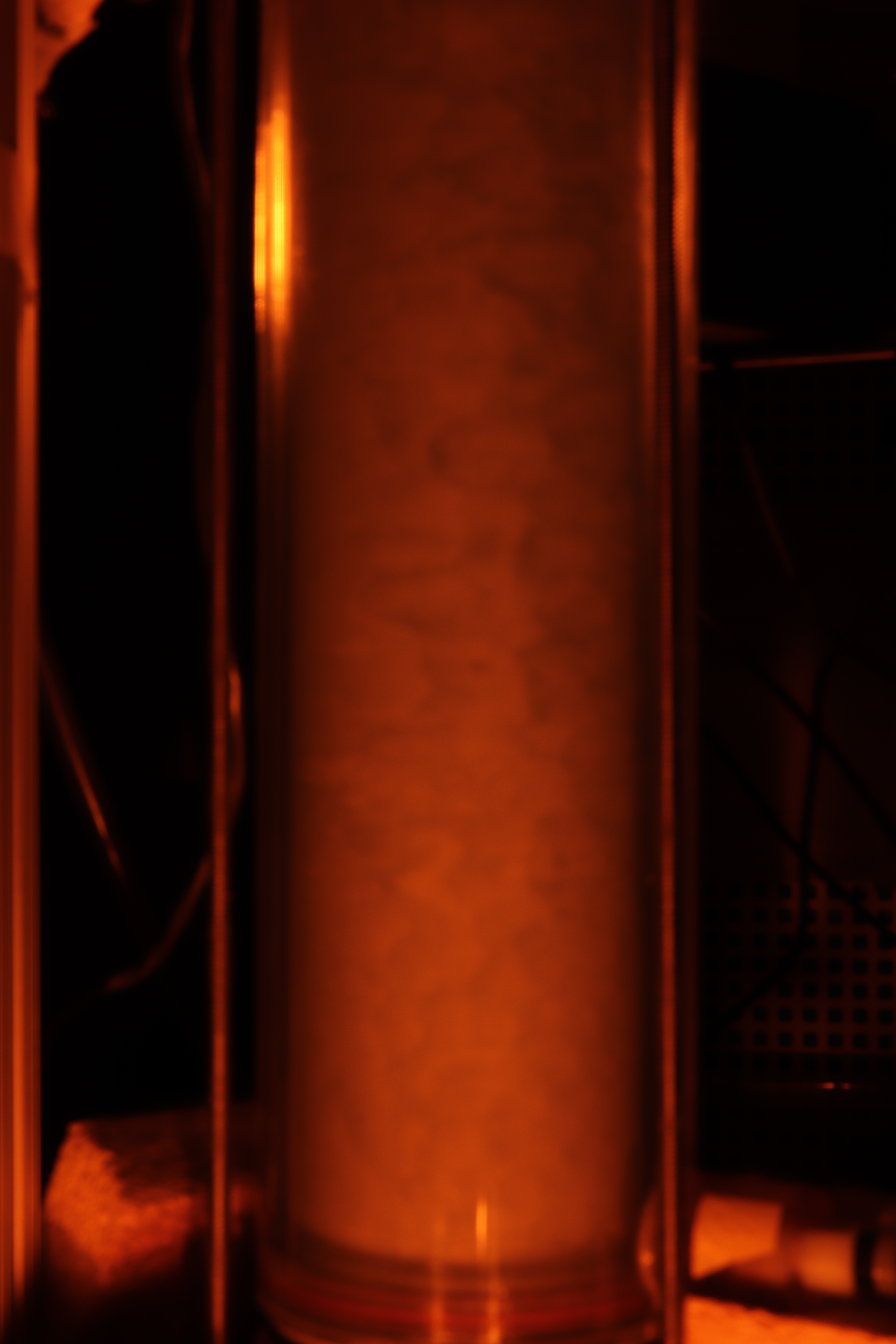
Phase Separation in Non-Newtonian Emulsions
Most medical ointments are liquid emulsions consisting of one or more non-Newtonian components and these mixtures often exhibit yield-stress and shear-thinning behavior. We are interested in developing a better understanding of the rheology and stability against phase separation of these mixtures, particularly in response to changes in temperature and shear strain rate.
-
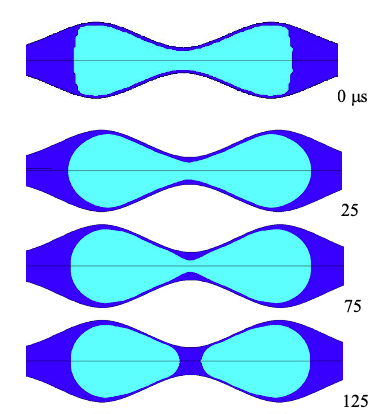
Vibration Mobilization of Oil in Porous Media
Low-frequency elastic wave stimulation is a promising method for mobilizing trapped oil in rock or other porous media, a problem of great importance for both oil recovery and remediation of contaminated soils. Our efforts focus on developing a better mechanistic understanding of the effects of vibration through the use of mathematical analysis, computational fluid dynamics simulations, and flow visualization experiments.
